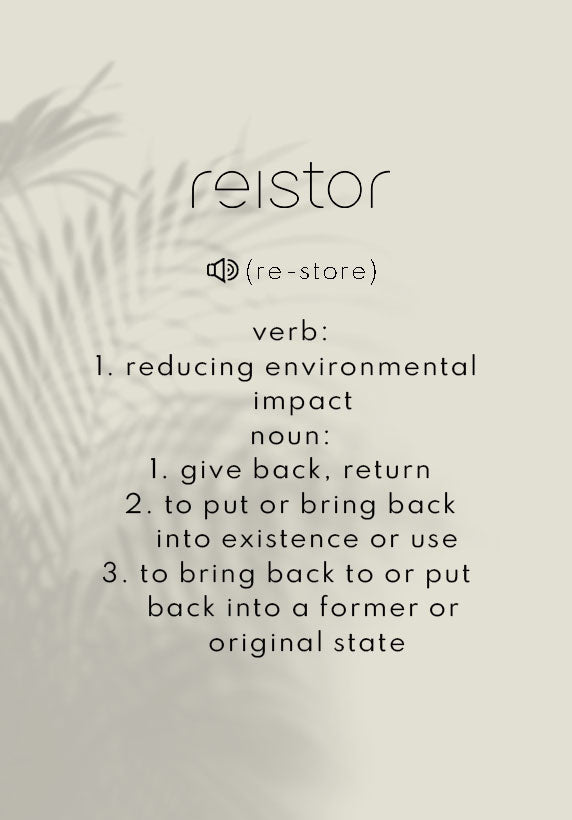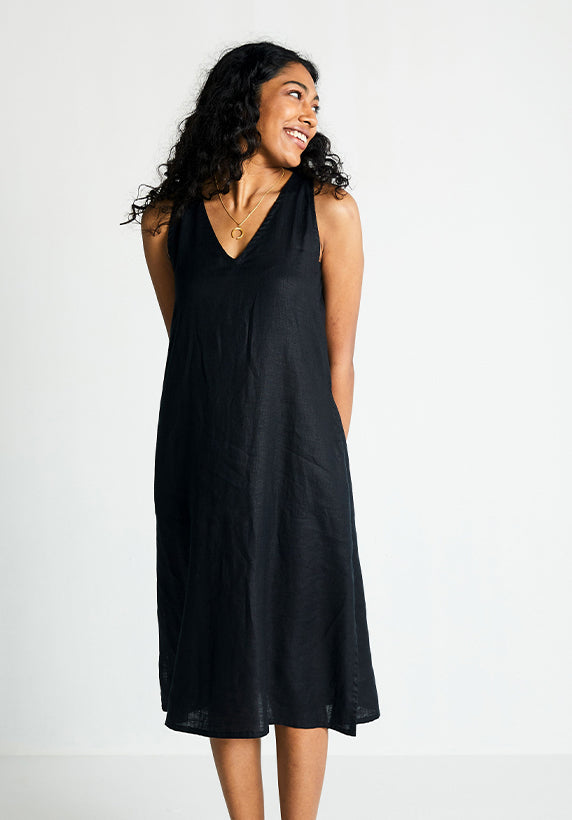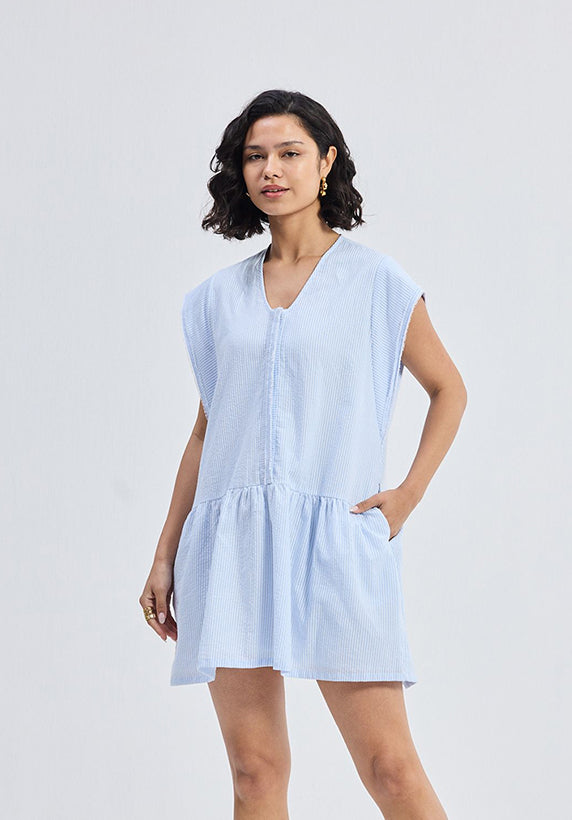When you buy something from your favorite fast fashion retailer, the low price and trendy styles probably give you a slight high. This was us, until a few years ago when we started learning about the real cost of fast fashion. Did you know that the fashion industry accounts for 10% of the world’s carbon emissions and is also the world’s second-largest consumer of water?
It’s often top of mind to be carefully about obvious things like plastic bottles and polluting vehicles, however, when it comes to fashion, many of us have no idea about the cost the clothes we wear incur. The facts are that clothing production has doubled in the last 20 years and consumers are shopping more than ever. Unfortunately, this also means that we’re wasting more than we ever have with 85% of all clothing bought ending up in landfills.
We are also wearing fabrics that technology has created to be long-lasting and durable - making it harder for them to break down. For example, producing polyester releases up to three times more carbon emissions than cotton, takes over 400 years to break down and accounts for 35% of all microplastics in the ocean. These are very tiny pieces of plastic created by the washing of synthetic textiles like polyester that will never biodegrade causing centuries worth of damage to our planet.
This got us thinking, perhaps cotton was the answer? You’ll be surprised to know that conventional cotton is one of the most water intensive crops in the world which means the t-shirt and jeans you’re wearing require a combined 2,700 gallons of water to produce. That’s enough water for someone to live on for almost 15 years!
It’s facts like this that convinced us that slow, sustainable fashion is more in need now than ever. Clothes that are made ethically, responsibly and locally encourage a more circular economy that supports local communities and materials. Fabrics like hemp require a fraction of the water that cotton does while still feeling and looking great. Our goal is to slowly change consumer’s habits by offering them beautiful, comfortable, classic and eco-friendly fashion at prices that they can afford. The most sustainable piece of clothing is the one you already own.






